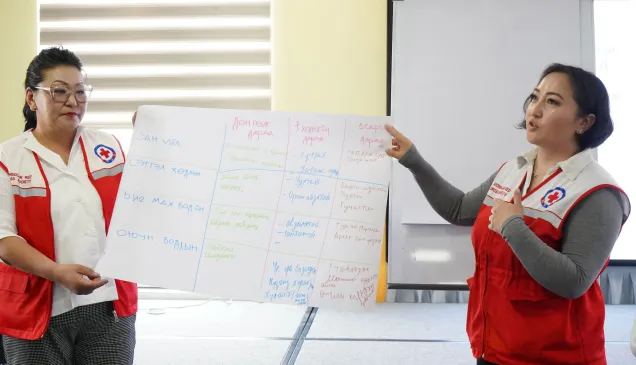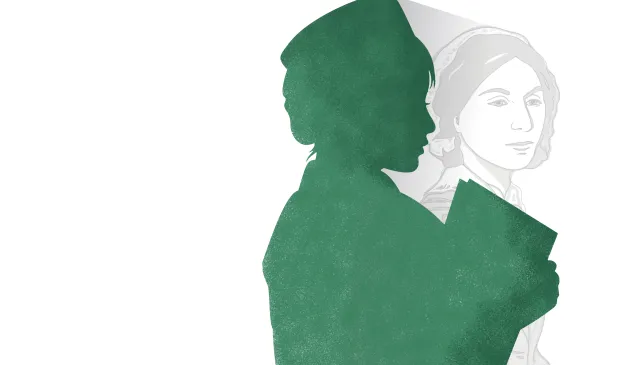5 August 2025
“Let all the souls here rest in peace for we shall not repeat the evil.”
These are the words carved into the stone monument at Hiroshima Peace Memorial Park. Eighty years after the world witnessed the horrifying tragedy caused by nuclear weapons, we must ask ourselves: Are we taking this pledge seriously? Are we doing enough to ensure the memory of what happened in Hiroshima and Nagasaki is not forgotten? And, critically, are enough efforts being made to rid the world of these devastating weapons?
Eighty years ago, Hiroshima and Nagasaki were reduced to ash and tens of thousands perished in mere seconds. The registers of both atomic bombings’ victims exceed 540,000, including those who died after suffering from the long-term effects of radiation. This number continues to grow even now.
To this day, survivors – Hibakusha – continue to endure the physical and emotional toll of these weapons. They are still being treated by Japanese Red Cross hospitals for radiation-induced illnesses. This fact underscores the lasting consequences of nuclear warfare.
The risk of intentional or accidental use of nuclear weapons is terrifyingly real. There are far more nuclear weapons today than there were 80 years ago. They are also far more powerful. The bomb dropped on Hiroshima - with a yield equivalent to 15,000 tons of TNT - would today be classified as a small nuclear weapon.
Any use of nuclear weapons would be a catastrophic failure of humanity. In particular, no humanitarian response could ever address the suffering resulting from a nuclear detonation in or near a populated area. It is extremely doubtful that nuclear weapons could ever be used in accordance with the principles and rules of international humanitarian law.
Two years ago, ahead of the G7 Summit held in Hiroshima in May 2023, we issued a joint statement in which we called on the international community to eliminate nuclear weapons.
And yet instead of advancing towards nuclear disarmament, we see a growing emphasis on nuclear weapons in military postures and doctrine along with the renewal and expansion of nuclear arsenals.
However, there is reason to not lose hope. The desire for a world without nuclear weapons is widely shared among many nations. The number of state parties to the Treaty on the Prohibition of Nuclear Weapons (TPNW) is growing. Seventy-three states are now parties to the treaty and another 25 have signed it.
The experience of Hiroshima and Nagasaki 80 years ago should be proof enough that nuclear weapons are too dangerous for the world to keep.
We again call on all states to never use or threaten to use nuclear weapons, to adopt risk-reduction measures to prevent their deliberate or accidental use, to end reliance on them as a means of national security, and to work towards their complete elimination by joining the TPNW or other similar means.
We also urge governments to provide education to ensure that awareness of the dangers of nuclear weapons is passed on to future generations so that the unimaginable harm they inflict on civilians is never forgotten.
For more information, please contact:
Hitomi Makabe, ICRC Tokyo, tel: +81 (0) 804 142 97 23, email hmakabe@icrc.org




